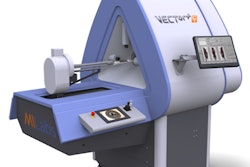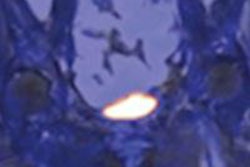Dear Molecular Imaging Insider,
Some big changes may be on the way very soon for imaging facilities that offer PET.
This issue of the Molecular Imaging Insider offers an exclusive first look at proposed changes coming from the U.S. Centers for Medicare and Medicaid Services (CMS), including establishing national reimbursement for an initial FDG-PET scan only and abolishing the National Oncologic PET Registry (NOPR).
NOPR, the World Molecular Imaging Society, and other imaging societies have strong opinions about CMS' plans. As an Insider subscriber, you can read about their reactions before our other AuntMinnie.com members by clicking here.
Also in this issue are details of a German study that compared the accuracy of simultaneous PET/MRI, PET/CT, and retrospectively fused PET and MR images of the abdomen and pelvis. The researchers from Eberhard Karls University in Tübingen found that simultaneous PET/MRI acquisition improved the alignment of abdominal organs between PET and MRI by 51%, on average, compared to retrospective PET/MRI fusion.
In other features, cardiac FDG-PET/MRI appears to be feasible on an integrated whole-body PET/MRI system, but the hybrid modality still must prove it adds clinical relevance to cases of ischemic heart disease, according to researchers at University Hospital Essen in Germany. They found good concordance with the simultaneous acquisition of FDG-PET and MR images regarding both cine and late gadolinium-enhanced imaging in patients with myocardial infarction.
On the business side, the former preclinical division of Gamma Medica formally launched this month under the new banner of Trifoil Imaging, following its acquisition by investment firm Capital Resource Partners in March for $2.5 million. Read about the company's plans by clicking here.
Last but not least, PET/CT with carbon-11 acetate is better at detecting lymph-node metastasis among patients planning for or completing radical prostatectomy than conventional imaging, and it can help predict treatment efficacy and survival, according to a study from Washington University School of Medicine.
Be sure to stay in touch with the Molecular Imaging Digital Community when we provide daily coverage of the Society of Nuclear Medicine and Molecular Imaging annual meeting in Vancouver, Canada, which begins on June 8.




















